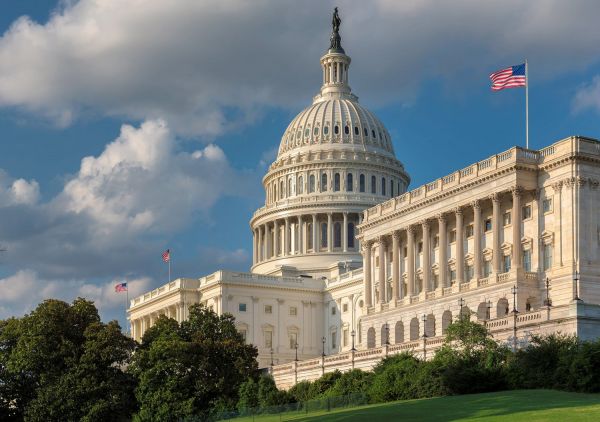WASHINGTON, D.C. – The Department of the Interior (DOI) announced a final rule to help guide the balanced management of America’s public lands. DOI says the final Public Lands Rule provides tools for the Bureau of Land Management (BLM) to help improve the health and resilience of public lands in the face of a changing climate; conserve important wildlife habitat and intact landscapes; facilitate responsible development; and better recognize unique cultural and natural resources on public lands.
But multiple resource users tell a different story.
The final rule:
- Directs BLM to manage for landscape health. Successful public land management that delivers natural resources, wildlife habitat and clean water requires a thorough understanding of the health and condition of the landscape, especially as conditions shift on the ground due to climate change. To help sustain the health of our lands and waters, the rule directs the BLM to manage public land uses in accordance with the fundamentals of land health, which will help watersheds support soils, plants, and water; ecosystems provide healthy populations and communities of plants and animals; and wildlife habitats on public lands protect threatened and endangered species consistent with the multiple use and sustained yield framework.
- Provides a mechanism for restoring and protecting our public lands through restoration and mitigation leases. Restoration leases provide greater clarity for the BLM to work with appropriate partners to restore degraded lands. Mitigation leases will provide a clear and consistent mechanism for developers to offset their impacts by investing in land health elsewhere on public lands, like they currently can on state and private lands. The final rule clarifies who can obtain a restoration or mitigation lease, limiting potential lessees to qualified individuals, businesses, non-governmental organizations, Tribal governments, conservation districts, or state fish and wildlife agencies. Restoration and mitigation leases will not be issued if they would conflict with existing authorized uses.
- Clarifies the designation and management of ACECs. The final rule provides greater detail about how the BLM will continue to follow the direction in the Federal Land Policy and Management Act to prioritize the designation and protection of ACECs. Following public comments, the final rule clarifies how BLM consideration of new ACEC nominations and temporary management options does not interfere with the BLM’s discretion to continue advancing pending project applications.
The rule drew criticism from congressional and industry leaders. U.S. Senator John Barrasso (R-WY), ranking member of the Senate Committee on Energy and Natural Resources (ENR) said the rule will block access to federal lands and subverts the multiple-use requirement under the Federal Land Policy Management Act.
“The people of Wyoming depend on access to public lands for their livelihoods – including energy and mineral production, grazing, and recreation. With this rule, President Biden is allowing federal bureaucrats to destroy our way of life,” said Senator Barrasso.
Senator John Hoeven (R-ND) and Barrasso say they will introduce a Congressional Review Act resolution to repeal this” outrageous” rule.













